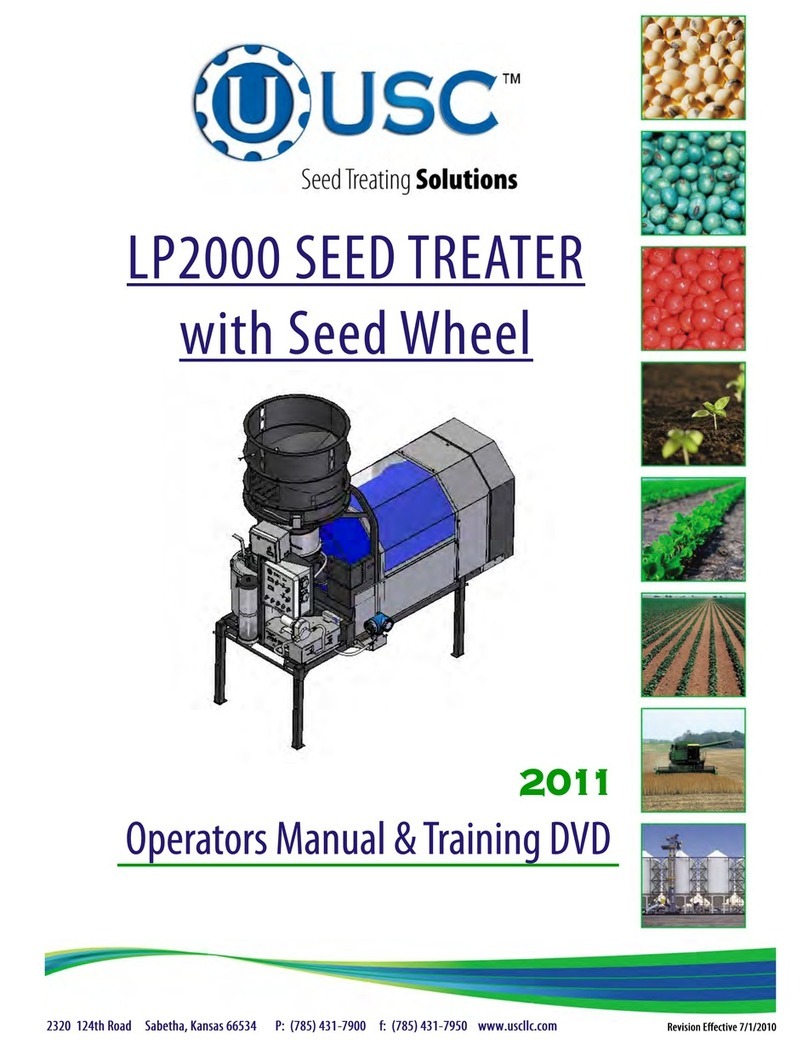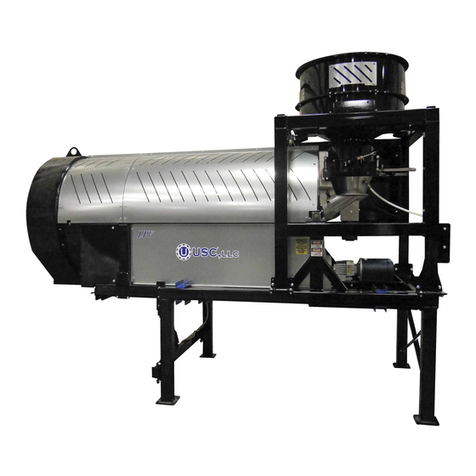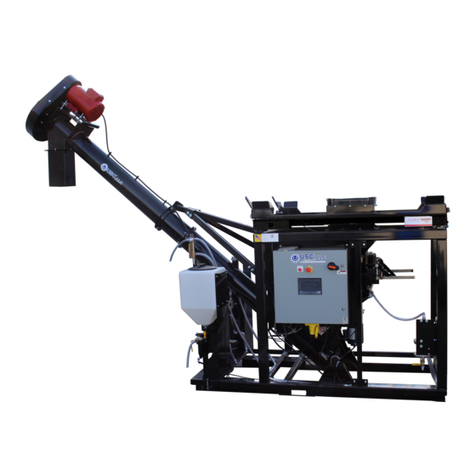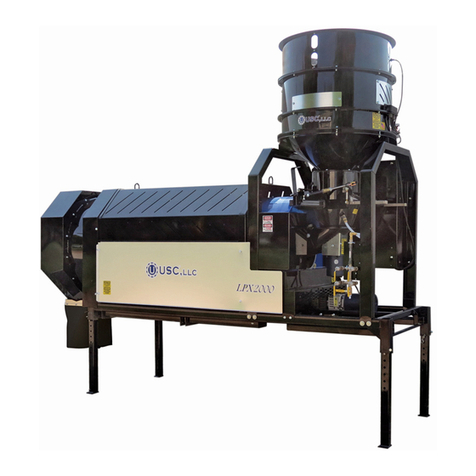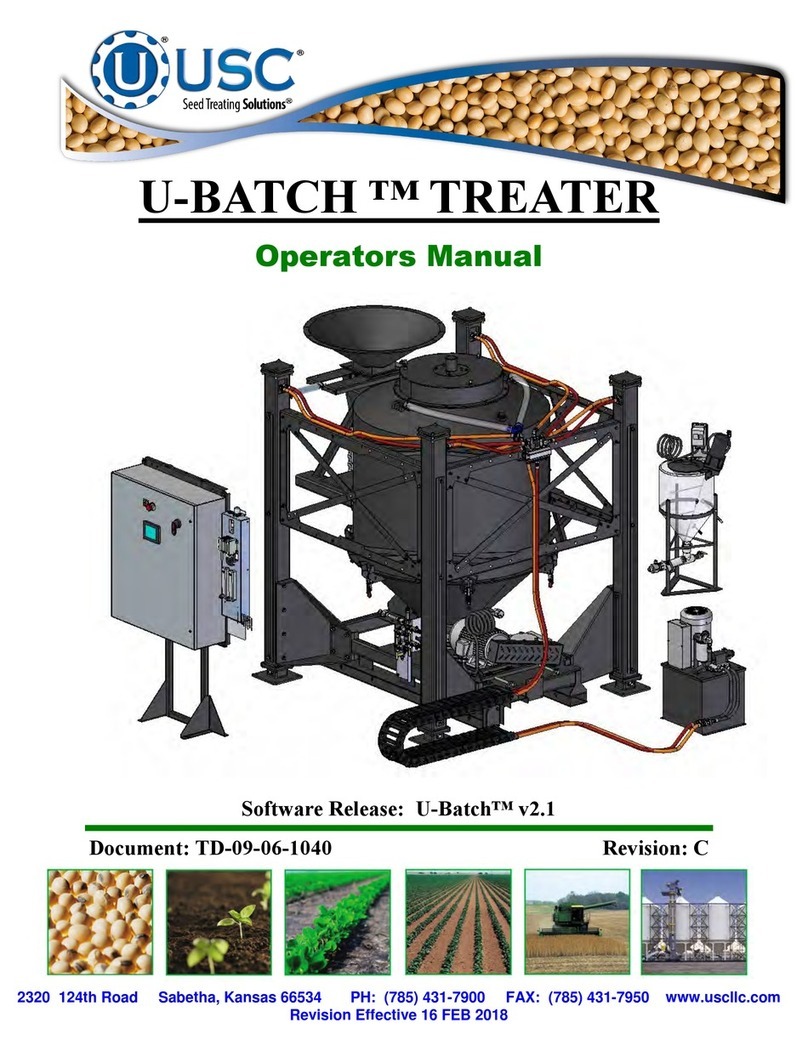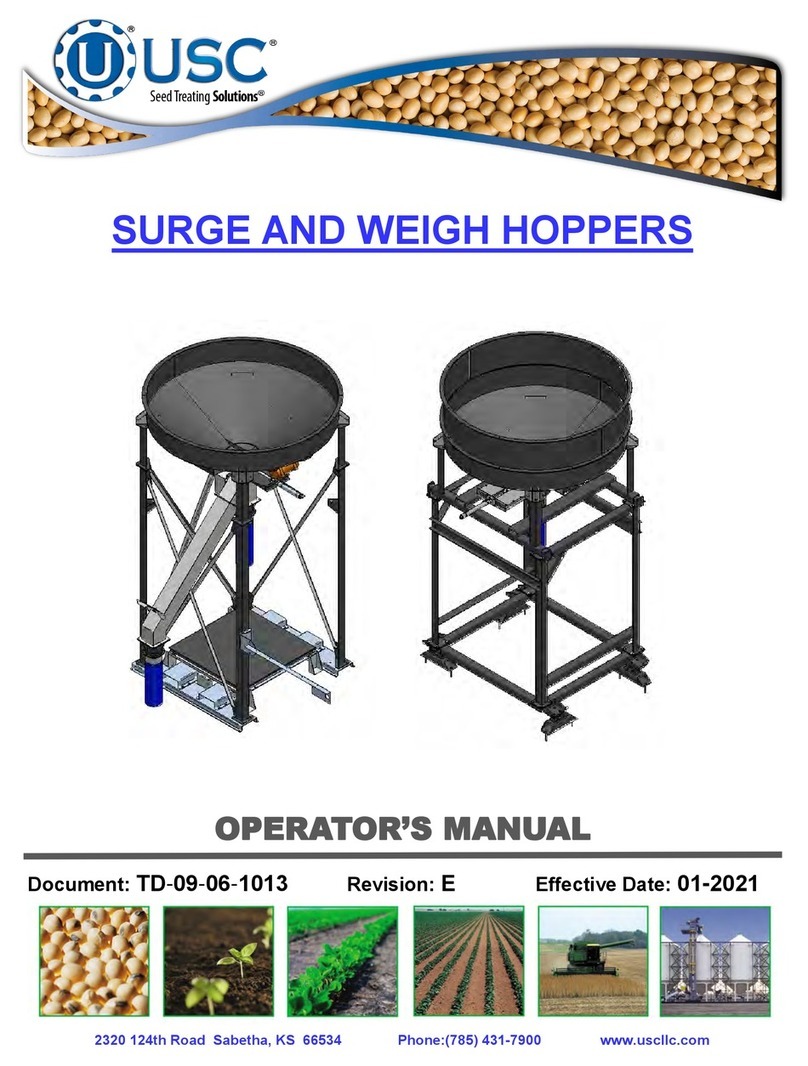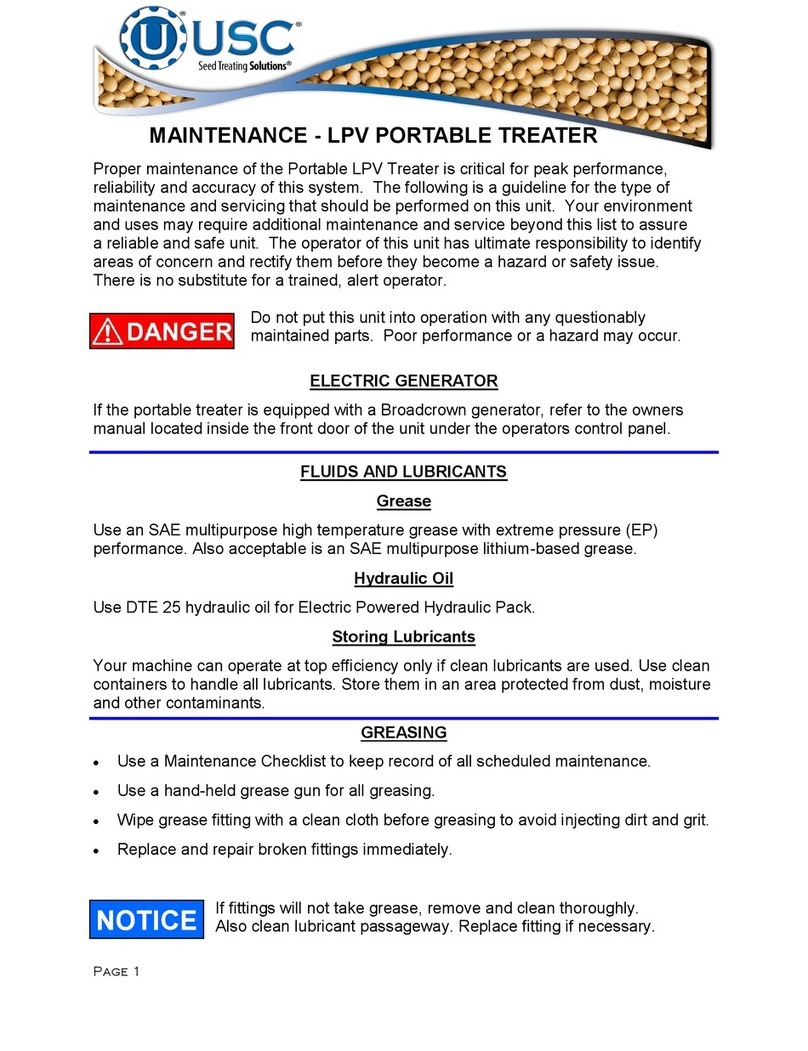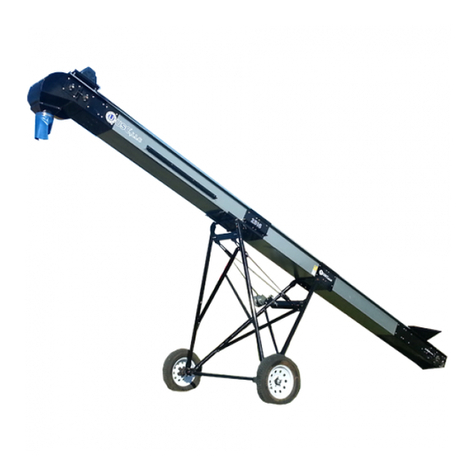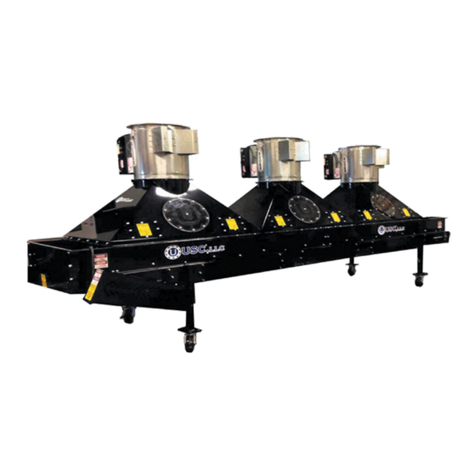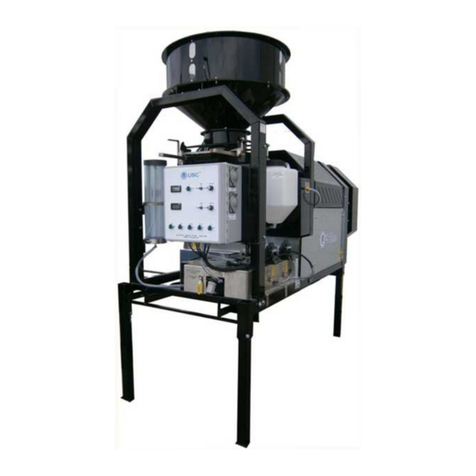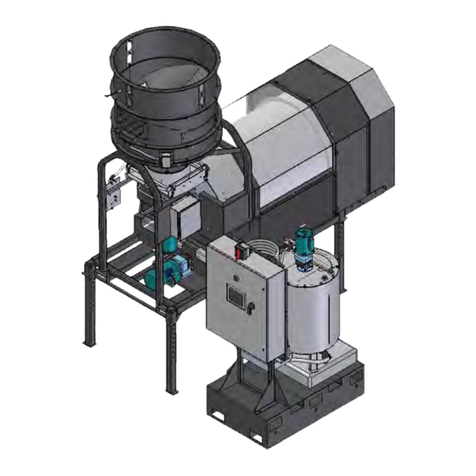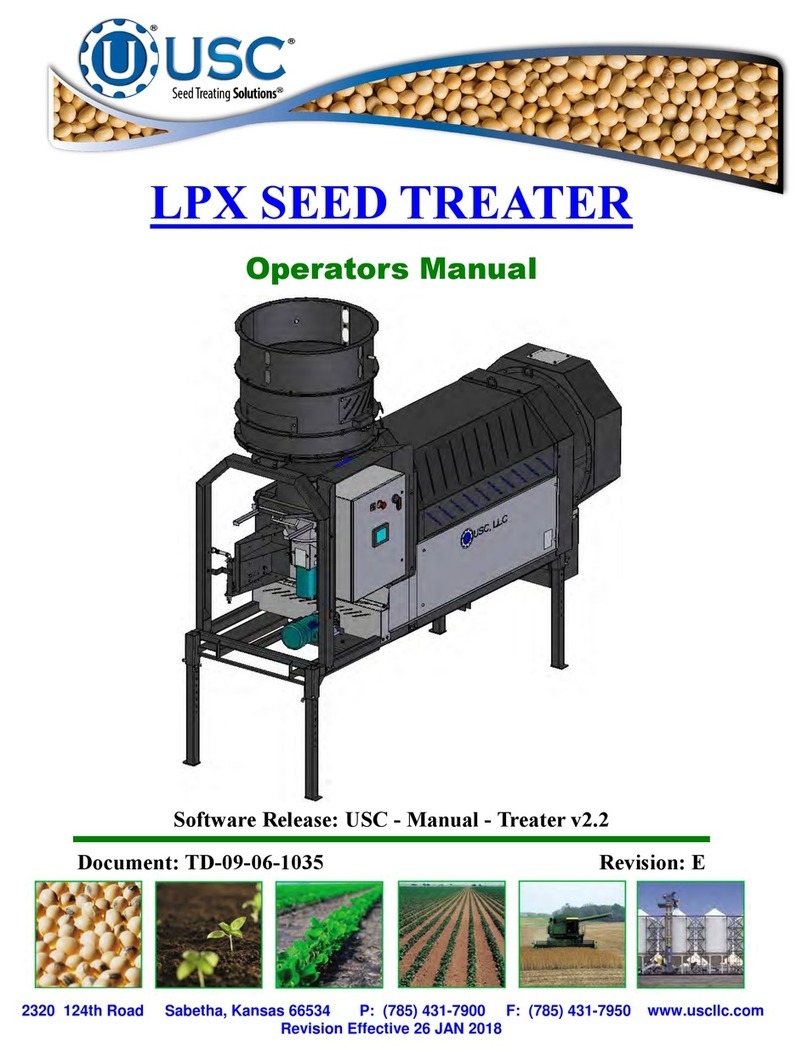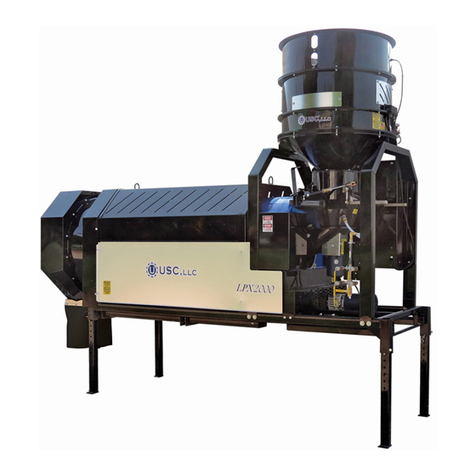
Page 2
PORTABLE LPV TREATER
Introduction
Thank you for choosing USC, LLC for your equipment needs. We appreciate your
business and will work diligently to ensure that you are satisfied with your choice.
OVERVIEW
The purpose of this manual is to provide you with the basic information needed to
operate and maintain the LPV Portable Treater It does not hold USC, LLC liable
for any accidents or injuries that may occur.
The technical information provided in this document is based on extensive testing
under controlled conditions at the USC research and development facility.
This information is given without guarantee as the conditions of operation and storage
of the equipment are beyond our control. Variables such as temperature, humidity,
viscosity of chemical products and changes in seed size or variety may all effect
the accuracy of application and seed coverage. Periodically check the equipment
calibration while treating and make adjustments as required. This will insure the
optimum seed coverage.
OPERATOR RESPONSIBILITIES
As the purchaser/owner/operator of this equipment and control system, you have an
obligation to install, operate, and maintain the equipment in a manner that minimizes
the exposure of people in your care to any potential hazards inherent in using this
equipment. It is critical that the owner of this equipment:
Has a clear and documented understanding of the process this machine is
being used in and of any resulting hazards or special requirements arising
from this specific application.
Allow only properly trained and instructed personnel to install, operate or
service this equipment.
Maintain a comprehensive safety program involving all who work with this
machine and other associated process equipment.
Establish clear areas of staff responsibility (e.g. operation, setup, sanitation,
maintenance, and repairs).
Provide all personnel with necessary safety equipment.
Periodically inspect the equipment to insure that the doors, covers, guards,
and safety devices are in place and functioning, that all safety instructions
and warning labels are intact and legible, and that the equipment is in good
working order.
In addition to the operating instructions, observe and enforce the applicable
legal and other binding regulations, national and local codes.
